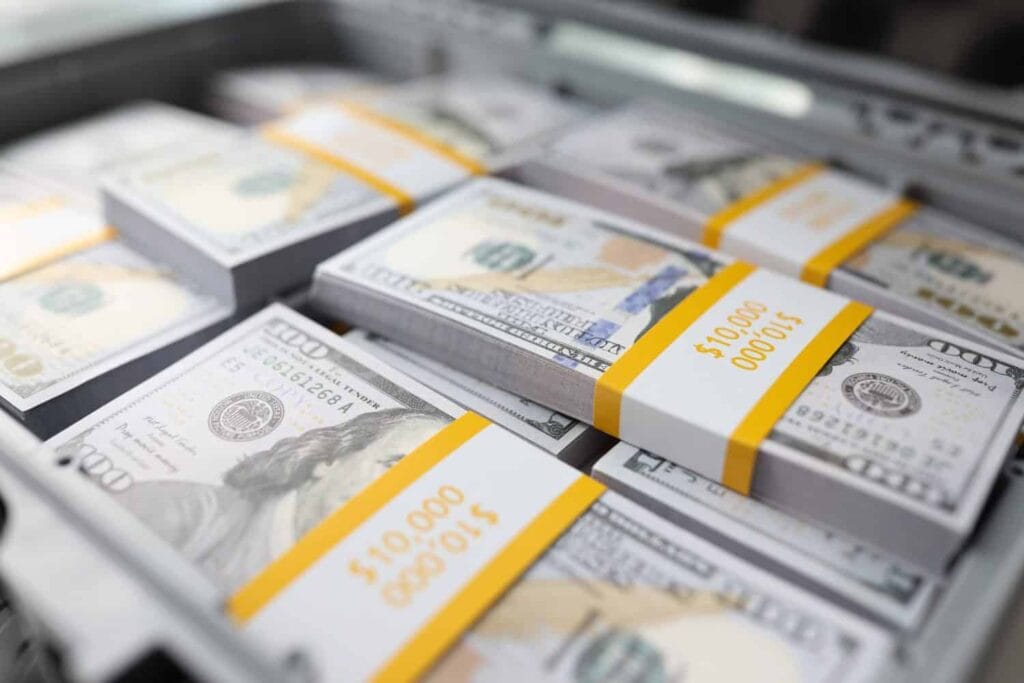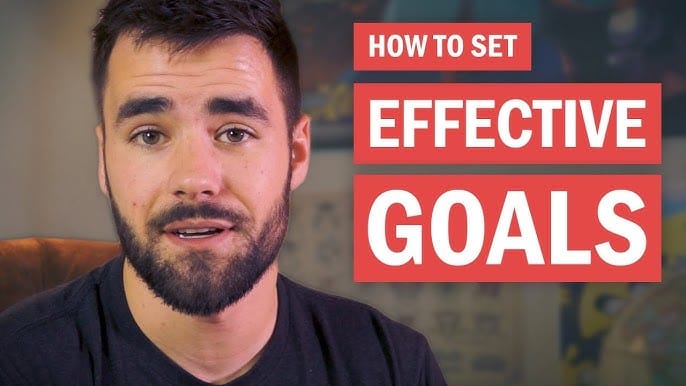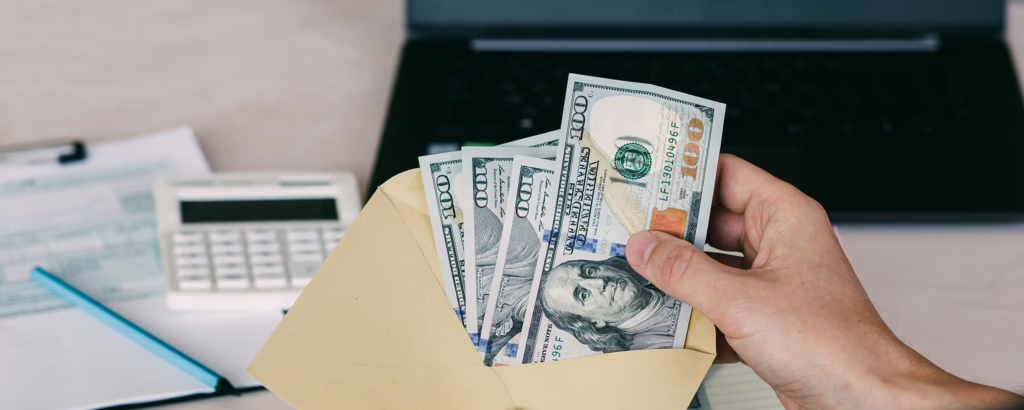Getting an extra $300 out of nowhere feels awesome. Whether it’s a surprise gift, a tax refund, or money from a side hustle, it’s easy to want to spend it fast. But hold on, before you start shopping or ordering takeout, take a minute to think. A small windfall like $300 may not seem like a lot, but when used wisely, it can actually make a big difference in your financial life.
The first step is to split the money into categories. A helpful method is the 50-30-20 rule: 50% for needs, 30% for wants, and 20% for savings or debt. So, you might use $150 for something essential like groceries or gas, $90 for something fun like a dinner out, and save the remaining $60 or use it to pay off part of a bill. This way, you will enjoy the money a little, take care of something useful, and still make progress toward your financial goals.
1. What is a Windfall and Why $300 Matters
The smart move is to put the money where it matters most. If we don’t have an emergency fund, start one. Even $60 in savings is better than $0. If we’re working on paying off a credit card, use part of our windfall to reduce that balance. Or, if we’ve been putting off a useful purchase, like fixing something at home or getting a new backpack for school, this could be the perfect chance. It’s all about using that $300 to make our life better both now and later.
2. Pause: Don’t Spend It All Right Away

When you get an extra $300, it’s super tempting to spend it right away, maybe on clothes, food, or something fun. But hitting pause is actually the smartest first step. Taking a day or two to think helps you avoid impulse buys and gives you time to figure out what you really want to do with the money. It’s like giving your brain a chance to catch up with your excitement. Being patient now means making a choice you won’t regret later.
Emotional spending happens when you buy things not because you need them, but because you’re bored, stressed, or just want to feel better. It’s like using shopping as a quick fix for your mood. Everyone does it sometimes, but it can sneakily drain your money without making you truly happy. Learning to notice when you’re spending based on feelings, not needs, is a big step toward smarter money habits. Instead of shopping, try something else that lifts your mood, like taking a walk, listening to music, or texting a friend.
Before spending your windfall, try waiting 24 to 48 hours, seriously, just pause. Giving yourself time to think helps you decide if it’s something you really want or just a quick impulse. A short break can stop you from making a choice you’ll regret and gives your brain space to focus on smarter options. That cool gadget or outfit will still be there tomorrow, but your money might not if you rush.
Intentional spending means using your money on purpose, not just reacting to a sale or a mood. It’s all about knowing what matters to you and choosing to spend in ways that match your goals. Whether it’s saving for something big or just avoiding wasteful spending, being intentional helps you feel more in control. Every dollar has a job, so make it work for you, not just disappear.
3. The 50/30/20 Rule for Windfalls

The 50/30/20 rule is a simple way to make fast, smart decisions with your money, even unexpected cash like a $300 windfall. It breaks your money into three parts: 50% for needs, 30% for wants, and 20% for savings or debt. It’s not just for paychecks; you can use this rule any time money shows up out of the blue. It helps you enjoy some of it, while still being responsible.
$150 = Needs: Start by putting $150 toward your needs, these are must-pay items like groceries, gas, school supplies, or a phone bill. Covering your basic expenses first means less stress later. Even if it’s just catching up on a small bill or restocking your kitchen, spending on needs keeps you grounded and makes the rest of your money feel like a true bonus.
$90 = Wants and $60 = Savings/Debt: Next, give yourself $90 for wants, something fun or relaxing. Maybe it’s a dinner out, new shoes, or treating a friend. Enjoying a little makes it easier to stick to good habits long-term. Then, put $60 toward savings or paying off debt. That part helps your future self. Even a small payment on a credit card or adding to your emergency fund makes a real difference.
4. Smart Ways to Use Your $300 Windfall
Pay off your credit card or small debt: If you’ve got a credit card balance or a small loan hanging over your head, using your $300 windfall to knock some of it down is a smart move. Interest on debt adds up fast, and even a small payment now can save you more later. It feels great to see that number drop, and it’s one less thing to worry about each month. It’s like giving your future self a break, and that’s always worth it.
Start or boost an emergency fund: Life throws surprises, and not all of them are good. An emergency fund is like a safety net that keeps you from falling into debt when stuff goes wrong, like a car repair or sudden bill. If you don’t have one, $300 is a great place to start. If you already have a fund, adding to it gives you even more peace of mind. It’s quiet, but powerful, and future you will be super thankful. It is better to have a different bank account for saving and save the amount saved from $300. At the end of year, you might see a good amount of saved money, or investing the money on your investment stock or shares is also a great future supports.
Catchy? Buy something needed but can be postponed: Sometimes we delay buying things we actually need because money feels tight. Your $300 could finally fix that leaky faucet, replace worn-out shoes, or upgrade that old backpack. These aren’t just wants, they’re smart, overdue purchases that improve your daily life. Using a windfall, this way feels both practical and satisfying. It’s a nice reminder that money can solve real problems, not just sit in your bank account or disappear on snacks.
Invest it, even $50 into a Roth IRA: Investing might sound complicated, but even putting $50 or $100 into something like a Roth IRA can make a big impact over time. When you invest, your money doesn’t just sit there, it grows. It’s a powerful way to turn today’s extra cash into future security. You don’t need to be rich to start investing. Small steps now can lead to big results later, and starting early is the smartest move you can make.
Put it toward a short-term goal (like a vacation fund): Everyone loves having something to look forward to, and using part of your windfall to fund a short-term goal can be super motivating. Maybe you’re saving for a weekend trip, a new bike, or a class you’ve been wanting to take. Setting that money aside now means you’re closer to making it happen, without dipping into your regular budget later. It’s fun, responsible, and gives your money real purpose.
5. What Not to Do With Your Windfall?

Avoid spending on things we don’t need: It’s easy to get caught up in a moment when suddenly you have $300 that’s unexpected. But before you grab something flashy, ask yourself: Will I still use this next month? Buying stuff you don’t actually need or won’t use more than once is just a waste of your windfall. Sure, it might feel fun for a second, but that feeling doesn’t last. Think about whether the purchase adds real value to your life or just takes up space. A smart windfall move isn’t about how much you spend, it’s about how wisely you spend it.
Upgrading our lifestyle after the salary makes things hard to be in control: Getting extra money can trick you into thinking you’ve leveled up, like you suddenly need fancier clothes, gadgets, or dinners out. But that mindset called lifestyle creep, it’s a risky approach. If you always upgrade your lifestyle every time you get more money, you’ll never actually feel ahead. It becomes a cycle: more money, more spending, same stress. A windfall is a gift, not a green light to inflate your budget. Use it to build stability or make progress, not start habits you can’t keep up long term.
Watch out for impulse buying online: Online shopping makes it super easy to spend your windfall without thinking. Just a few clicks and boom it’s gone. Websites are designed to make you buy fast, with countdown timers, “only 2 left!” messages, and flashy discounts. But impulse buys often lead to regret, especially when the item doesn’t match what you truly needed or wanted. If you’re tempted, try waiting 24 hours before checking out. If you still want it after thinking it through, great then, if not, you just saved your money from disappearing into digital dust.
6. Quick Tools You Can Use
Mention free budget apps or simple worksheets: If you’re not great at tracking money in your head (don’t worry, most of us aren’t), free budget apps or printable worksheets can help you stay in control. Apps like Mint, Goodbudget, or EveryDollar let you see exactly where your money’s going, and many of them are super easy to use, even if you’re new to budgeting. If you’re more of a pen-and-paper type, budget worksheets can work just as well. A basic chart that breaks down needs, wants, and savings turns your $300 windfall into a clear plan instead of just a pile of cash waiting to be spent.
Suggest using a money envelope system just for windfalls: The envelope system might sound old school, but it actually works really well, especially for a one-time chunk of money like a $300 windfall. All you do is label a few envelopes: one for needs, one for wants, and one for savings or debt. Then split the money physically between them. It helps you see exactly where your cash is going, and it’s harder to overspend when you have limits right in front of you. Even if you don’t use envelopes all the time, doing it just for windfalls can build strong habits without feeling overwhelming.







